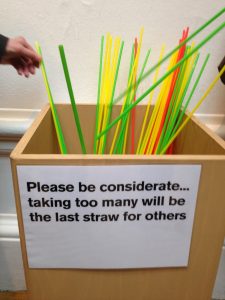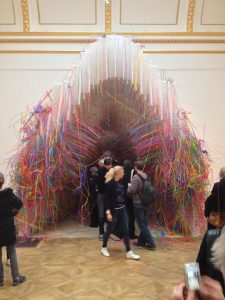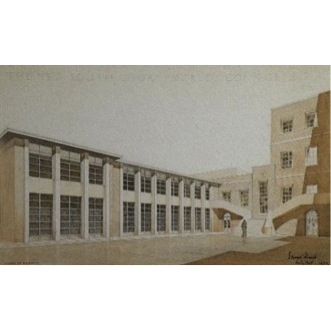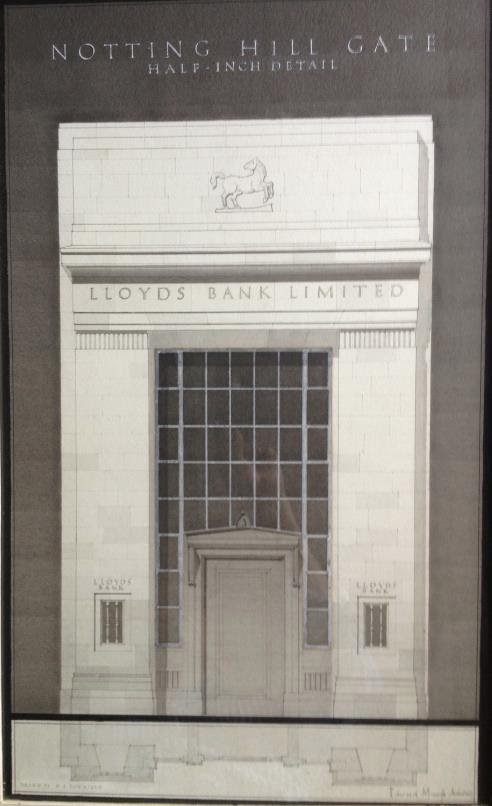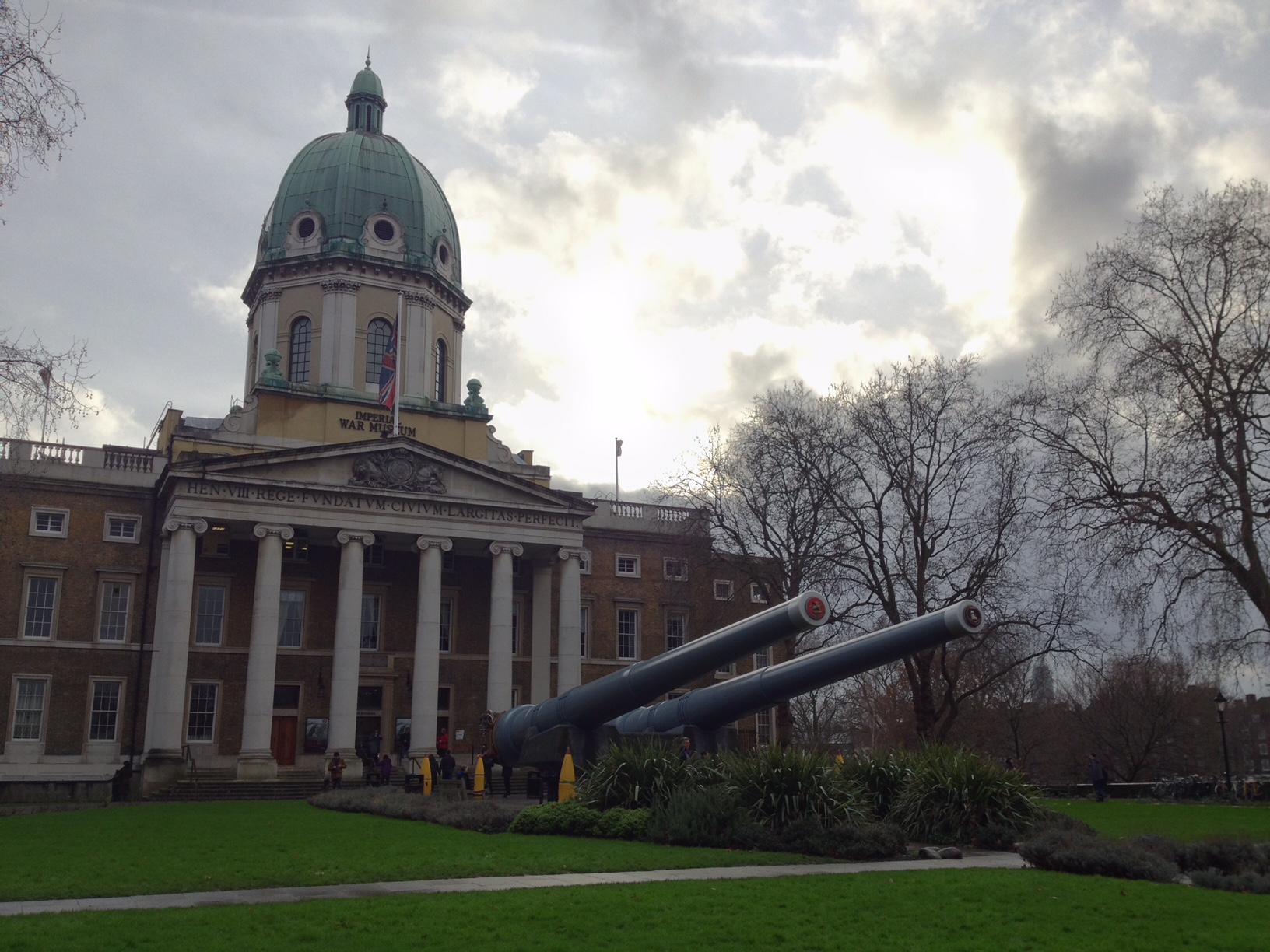We headed to the Royal Academy to see the new Sensing Spaces exhibition. In this exciting and interactive exhibition, the RA are encouraging us to see architecture as something otherwise than just something to be looked at. The opportunity to climb up to the ceiling of the RA on this is certainly not to be missed.
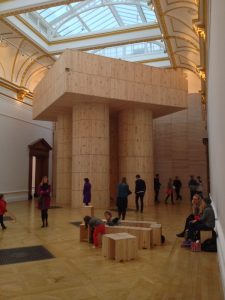
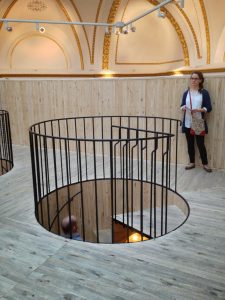
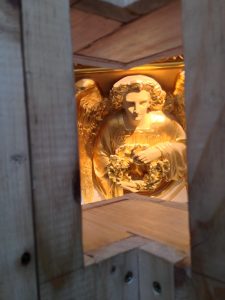
The Blue Pavilion Installation by Chilean firm Pezo von Ellrichshausen at Sensing Spaces
Kengo Kuma on the importance of scent in architecture at Sensing Spaces
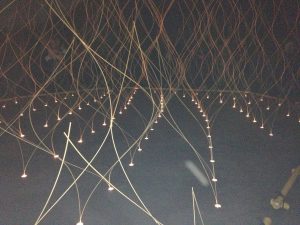
A Tunnel by Diebedo Francis Kere at Sensing Spaces
And then go to the next installation by German-born Kere and interact with it directly by using these long plastic drinking straws, which are provided in near-limitless quantity.When the exhibition opened, this was a white skeleton, waiting for the arrival of the first visitors. Now the overall effect is of a sweetshop of pastel colour. Insert your drinking straws as you wish. It was definitely the most popular place for the children of all ages at the exhibition, allowing them to interact with the installation, and to design their environment themselves. Artwork you’re allowed to graffiti, what fun!
The final two rooms were about light, but they didn’t really work for me as they were just two big barns of rooms. It was a shame to end the exhibition on a weak note, as the rest of it was a real eye-opener. Go, before it ends, here are the visiting times.
I really recommend getting a copy of the book Sensing Spaces and reading it before going as it will help you to understand what the architects are aiming for. There aren’t any guide books in the rooms, and you will miss out on the nuances without it.
